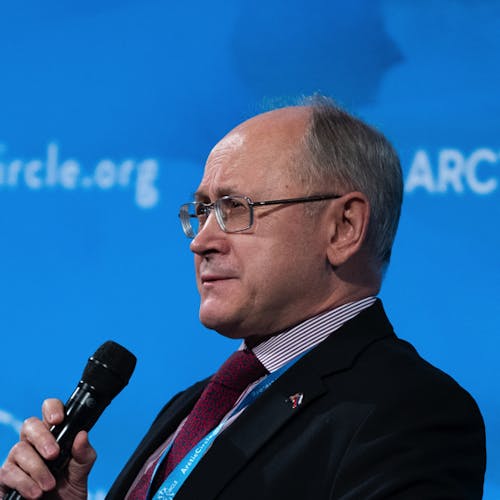Within the world natural gas trade, the share of LNG, much more flexible in transportation, has been steadily growing in the last decade and in 2019 nearly equaled that of traditional pipeline gas supply. It is projected that in the 20 years ahead the share of pipeline gas in total energy consumption in the world will stay within current 10-12 per cent, but the share of LNG will continue to grow quickly to reach 16- 20 per cent by 2030. The “big four” LNG producers by this time are expected to be US (100-300 million tons/year), Qatar (70- 140), Russia (up to 140), Australia (70-90). The biggest additional demand for LNG in 2030 compared to 2019 is projected in low/high scenarios in Japan, Republic of Korea and Taiwan combined (141/189 million tons), India (54/116), China (37/110), the rest of Asia and Australia (65 in high scenario).
However, in the longer perspective the situation may change. Technological progress may significantly lower production costs of alternative energy sources and freeze the world demand for fossil fuels after 2035. At this background the growth rate of demand for natural gas may start to slow after 2040. But at the same time, in the 20- 30 years ahead renewable energy sources will not reach the leading role in the world energy balance. Natural gas consumption will not drop in the foreseeable future and gas will also be used as a reserve generation to renewables but may stabilize starting from 2040 in low scenario or 2050 in the high one.
The Program proceeds from the understanding that, at least in the medium-term perspective, there is a definite niche in the world market for LNG from Russia and considers confirmed reserves of natural gas in Russia and plans of expansion of LNG production. The Yamal-Nenets Region in the Russian Arctic is by far the leader in both areas with very competitive production costs, followed by other areas of West Siberia. The Program provides for nearly 3-fold expansion of LNG production in Russia up to 140 million tons in 2035, with Yamal being its key area.
Should the above forecast prove correct, then, based on it, a couple of useful conclusions in relation to the Arctic can be drawn.
Introduction of renewable sources of energy will take time and will not substitute traditional fossil fuel at least in the next 15-20 years. Natural gas, as the cleanest fossil fuel and a reserve generation to renewables, seems to be the last among fossil fuels to retreat (if at all) from the scene. One new potentially vast area of natural gas use – hydrogen production – has not been factored in yet. The same is true for LNG, which may find new and ever- growing uses, such as ship fuel. The expected growth in demand for LNG will be a major factor of sustainable economic development of the Russian Arctic and the Northern Sea Route (NSR). LNG have all chances to become the major export product “made in the Arctic”.
The need to ship LNG eastward of Yamal will be – as we have already seen this year – a strong incentive for reaching a stage of year-round shipping along the Eastern part of the NSR, which may happen sooner than expected. This can be an “icebreaker” for using the NSR for shipping goods other than LNG.
LNG supply/demand structure forecast is one of obvious explanations of a nexus between the Arctic and Asia in general, and of a growing mutual interest in economic, including investment, cooperation between the Russian Arctic and the leading Asian states, in particular. Common practical interest in the Arctic may produce new groupings of Asian states to follow the example of the regular consultation mechanism on Arctic between China, Japan and Republic of Korea, established in 2016.
India may become a more active Arctic stakeholder. Preparations of the first Indian Arctic strategy in 2021 are a clear show of intent.
It looks like Europe may lead in the global decarbonization drive. But even here its geographic proximity to Yamal will sustain, at least in the medium future, the demand for Arctic natural gas, both traditional pipeline and – to a growing extent – LNG. The perspective of use of existing gas pipelines to carry “green energy” products, such as hydrogen, may become a factor of Europe’s additional interest in LNG.
I believe that even these limited conclusions should motivate serious Arctic and energy geopolitics experts for further in-depth study of the new Russian long-term LNG production program.
No. 11/2021, 8 July, 2021
This article is a part of the Arctic Circle Journal Series which provides insight, understanding and new information. The material represents the opinions of the author but not those of Arctic Circle.

